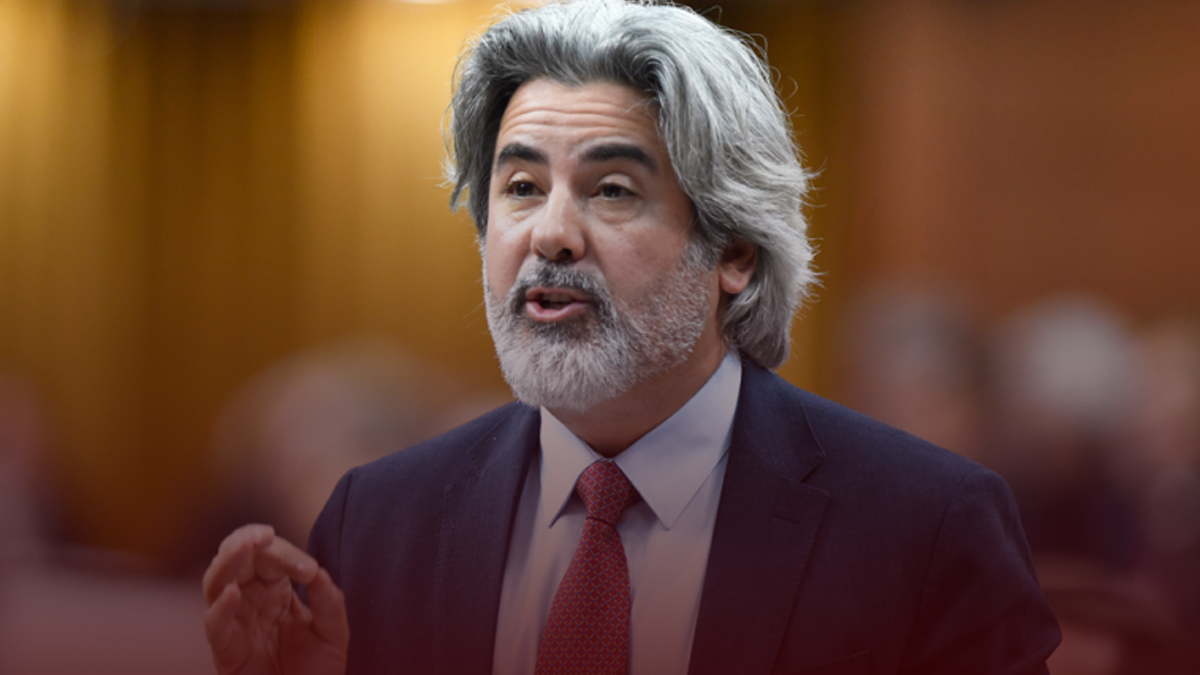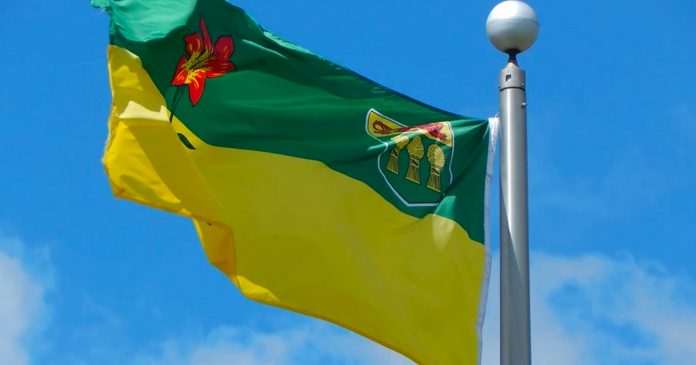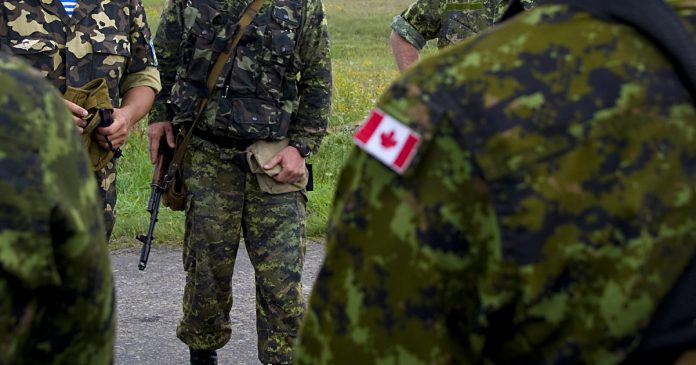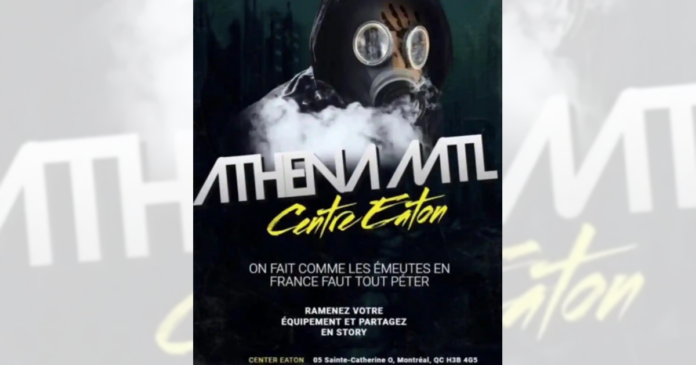In response to Meta’s decision to block Canadian news content from their platforms as a retaliation measure to the passage of the Online News Act, Heritage Minister Pablo Rodriguez announced that the Government of Canada will be pulling all advertising from Meta’s social media platforms.
In total, $10 million worth of government advertising will be pulled from Facebook and Instagram.
The Trudeau government’s decision is being supported by the Bloc Quebecois and the NDP.
Bloc Québécois and NDP critics Martin Champoux and Peter Julian joined Rodriguez at the press conference on Wednesday in solidarity, as both of these parties had supported Bill C-18’s passage through Parliament.
Rodriguez explained that the government will not be pulling their advertising from Google because Google remained open to communication with Rodriguez’s office while Meta has not.
Rodriguez says that communication with Meta has broken down, saying that his office hadn’t spoken with them for weeks while having talks with Google the week prior.
“Without going into details, because we don’t negotiate in public, we’re deeply convinced that Google’s concerns will be resolved through regulations,” said Rodriguez.
In contrast, Rodriguez says that Meta had waged an “aggressive campaign” by blocking news content in the country despite not yet having any obligations under that the Online News Act.
“Facebook has decided to be unreasonable, irresponsible, and started blocking news.”
When questioned if $10 million dollars in lost revenue was enough of a threat to a multi-billion dollar social media conglomerate, Rodriguez defended the decision saying, “$10 million dollars is still a lot of money.”
“And you saw today there’s other private companies maybe other governments will join that’s their own decision. But we can only set the example and work in our own jurisdiction and $10 million, that’s still a lot of money I’d like to have $10 million.”
The proportional revenue Meta receives from the government is negligible, as the $10 million in advertising pulled from Facebook and Instagram represents 0.0085% of their $117 billion revenue in 2022.
Earlier on Wednesday, Quebecor also announced that they will be pulling advertising from Facebook and Instagram. Quebecor owns the telecom company Videotron, the Quebec media group TVA, and Quebec newspapers the Journal de Québec and Journal de Montréal.
Bill C-18 had received royal assent on June 22nd after being spearheaded by the Trudeau government with the support of the NDP and the Bloc Québécois.
After the Bill’s passage, both Google and Meta announced their intentions to block Canadian news content in Canada in an effort to remain in compliance with the law while avoiding having the negotiate contracts with Canada’s news media organizations.
The Conservative Party is the only major party not supporting the government’s action. The Tories voted against C-18 in Parliament.
Conservative leader Pierre Poilievre ridiculed the Trudeau government for failing to do what they had promised C-18 would do and instead harming the Canadian news industry.
“Big tech will now pay LESS for Canadian news after your law,” said Poilievre.
“They have now stopped funding [Canadian] journalism. And you have made [Canadian] news disappear. The opposite of what you promised.”



























